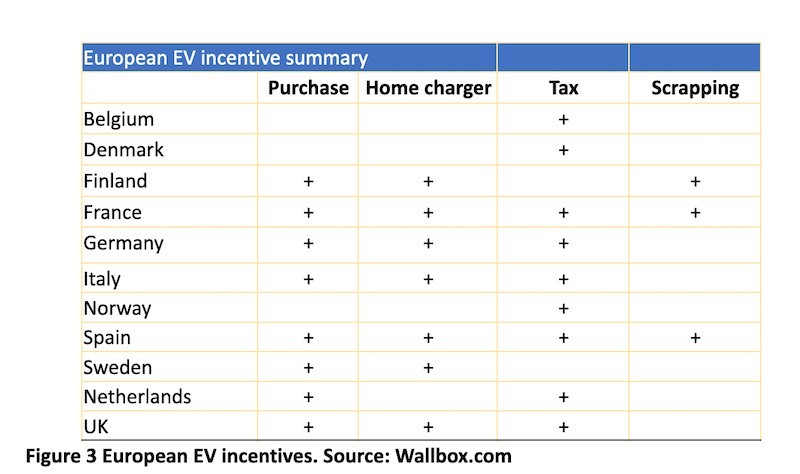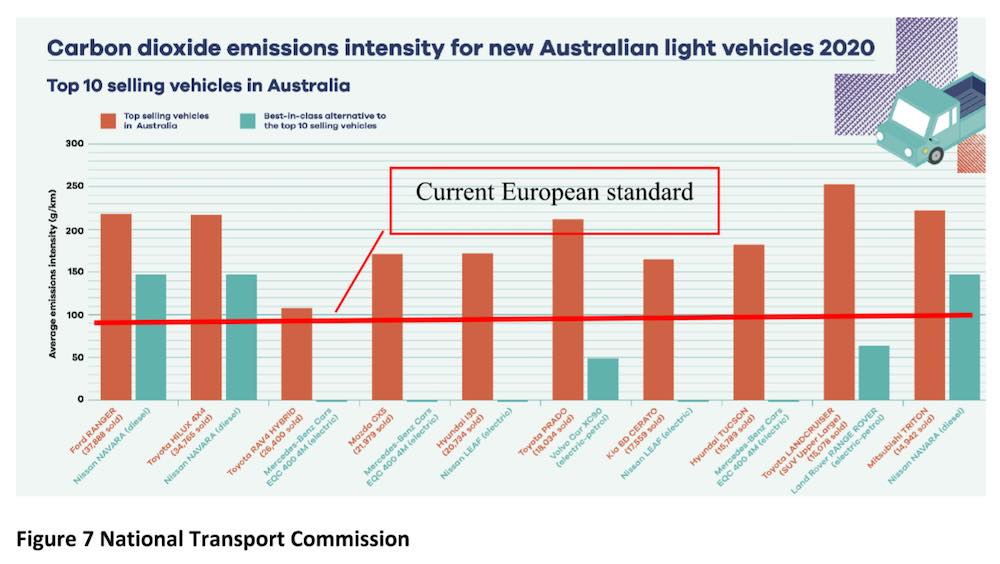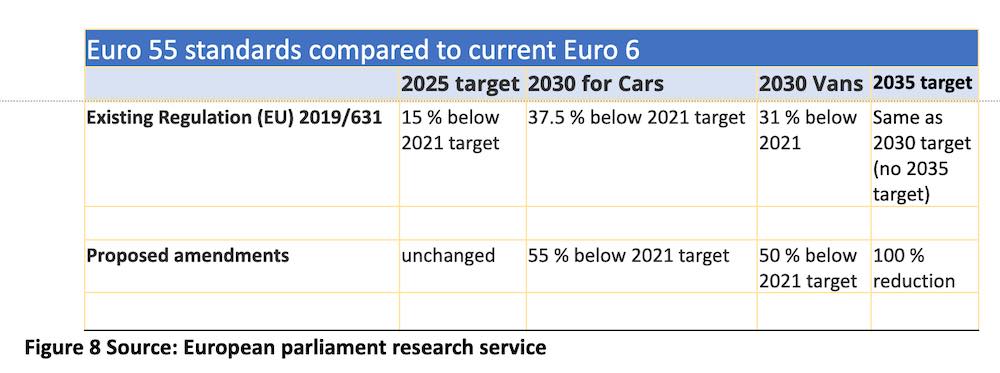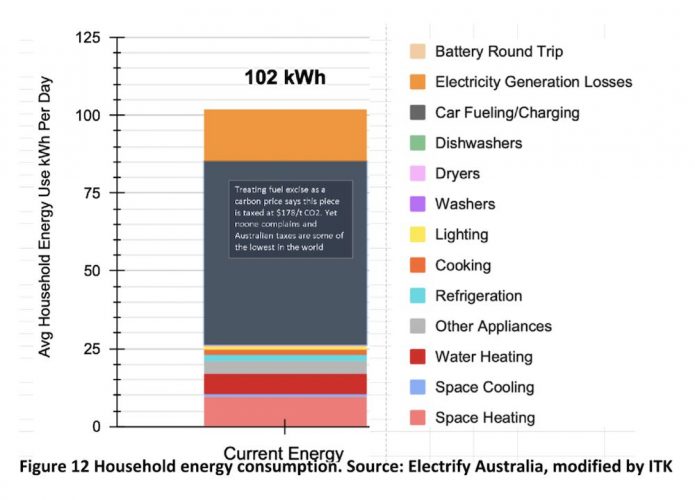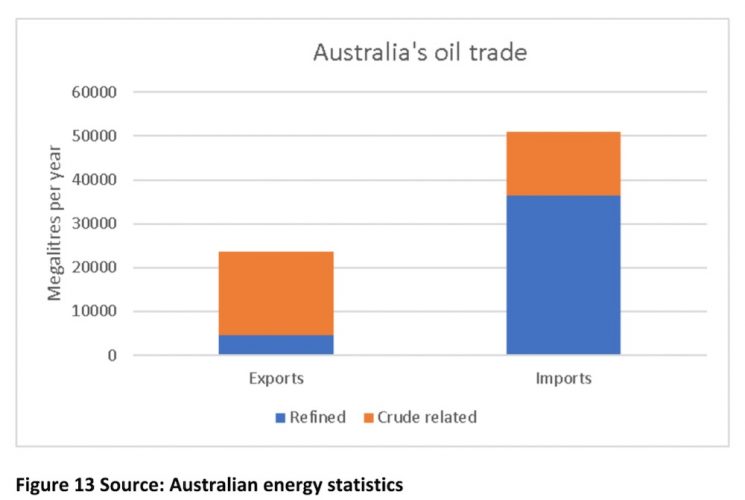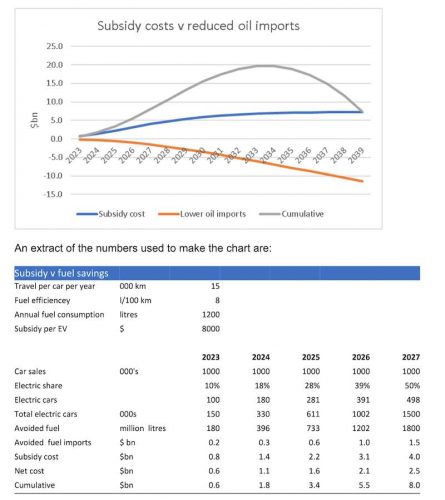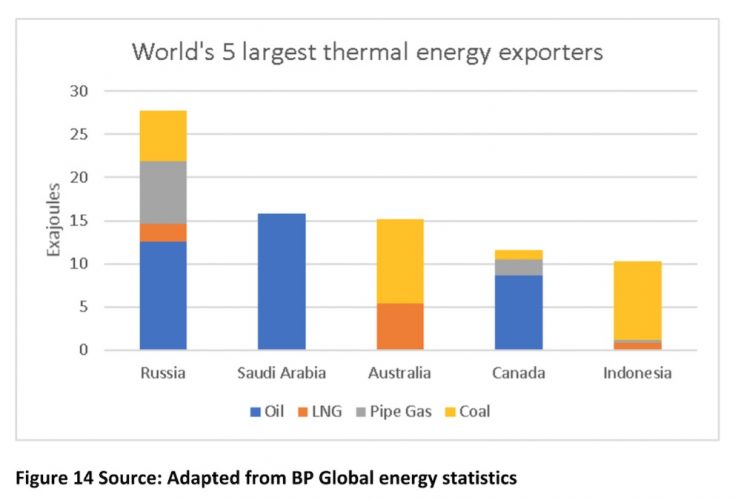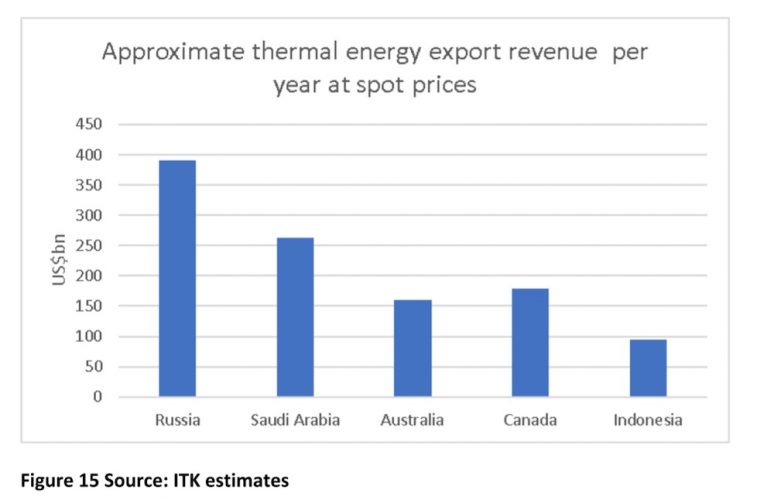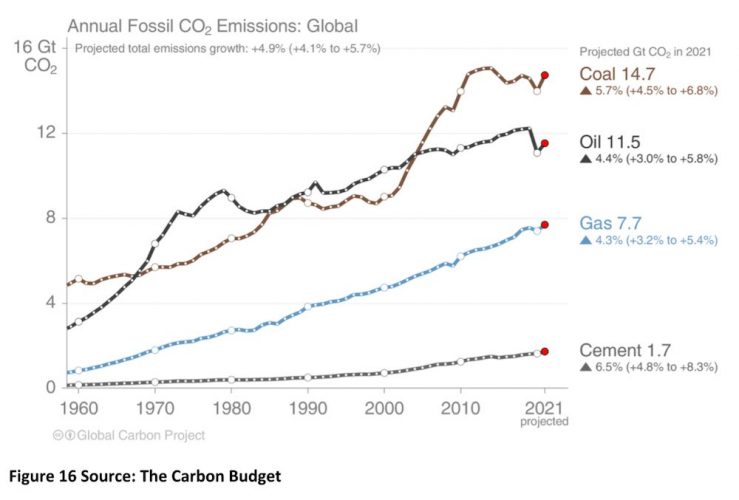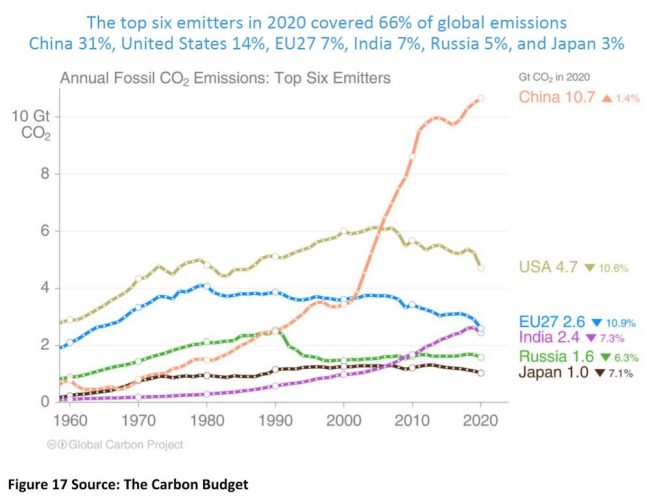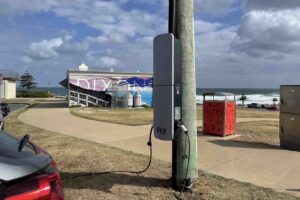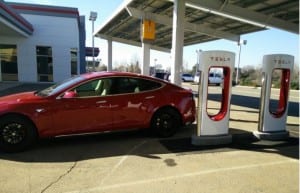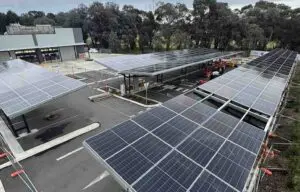Australia and Australians would be better off if we had vehicle emissions policies like they do in Europe.
In particular, tough standards at a federal level on CO2 tailpipe emissions, coupled with incentives for low and zero emission benefits, would make Australians healthier, better off, and reduce Australia’s dependence and strategic vulnerability to imported oil and oil products.
The Coalition’s historic indifference to such matters is no surprise. What is disappointing is the ALP’s timid attitude. The Greens’ policy has much more in common with that of Western Europe and one might expect the “teal” independents to think similarly to the Greens on this issue.
A subsidy on EVs of say $8000 would:
Studies show that tight standards on vehicle pollution limits including CO2 save lives, save consumers money, provide net benefits to society and, in Australia’s case, would make us less dependent on oil imports.
Contrary to motoring journalists, many of whom think that EV subsidies benefit only the rich, the fact is that as those cars shift into the second hand market it’s the second buyers that will reap the greatest economic benefits.
Europe has already shown quick success with tight legislative standards and penalties on manufacturers that don’t comply.
European light vehicle emissions are falling very rapidly, at a much faster rate than emissions in the electricity generation sector; consumers are happy and the charging infrastructure is both increasing rapidly and providing new business opportunities.

The legislative standard on manufacturers is backed up the other way by consumer incentives. This creates demand pull and supplier push. And therefore success.
Euro 55 proposes much tougher standards, again, including basically moving to zero emissions by 2035. This is not yet law but seems as if it will become law.
As a result, consumers will pay a bit more for their cars but will have lower fuel costs. Manufacturers are incentivised to grow low emission volume and, as the industry scales up, the learning rate drives unit costs down as in every other industry.
Fuel prices in Europe are higher than in Australia due to higher taxes. For instance, a litre of petrol in London was about $A2.80 recently, compared to say $A2.10 in Sydney, but Australians drive further.
The estimated impacts of the Euro 55 standard are:
Figure 10 shows both societal benefits and benefits for individual car owners, bigger benefits for second car owners. Car manufacturers face increased costs, but by manageable amounts if the European parliament research service happened to be right.
On the incentives side, policies vary widely but are generally extensive. A quick summary is:
A consumer point of view
Electric cars cost more than petrol/diesel cars. In Europe it’s quite a significant cost difference. Europe is a better comparison than Australia because there is more EV volume and more EV model choice.
Service, fuel and insurance costs are all lower for electric cars. Obviously, the more kilometres you drive a year the bigger the benefit of lower running costs. Fuel costs at present are around $2/litre and average fuel efficiency on the average Australian car is around 8 litres/100 km. So that’s $16/100 km.
Electric vehicles are advantaged in Europe because fuel is more expensive compared to Australia. Also the following comparison on total cost of ownership, for a leased car over four years with a 35% residual assumed 27,000 km per year, which is almost double the Australian average.
On the other hand, if you have solar on your roof your electricity cost in Australia to charge can be low. The cars used in this comparison were a Tesla Model 3 and a Mercedes 180 diesel and Mercedes 200e. A similar relative result was obtained for a smaller car comparison.
Even over four years you can see that, for conventional cars, the purchase price is only about 60% of the total cost per kilometre.
Emissions standards
Firstly, let’s look at the zero emission status of the world for light duty (cars).
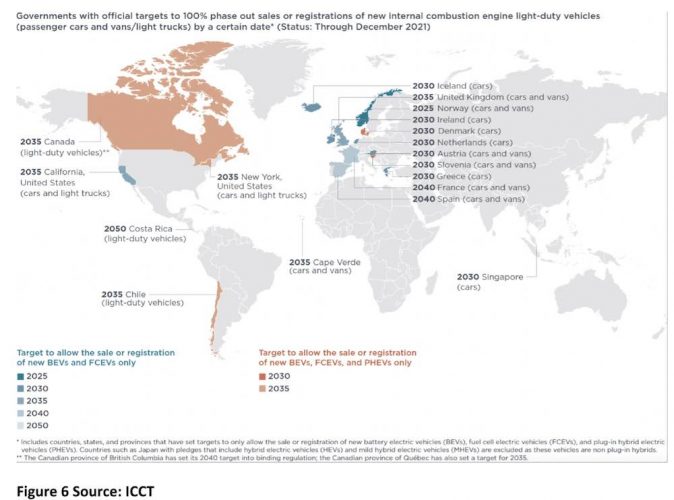 Secondly, we show that emissions for top selling Australian cars are about double the European standard.
Secondly, we show that emissions for top selling Australian cars are about double the European standard.
5. Europe emission standards
The rules presently in force date back to 2017:
For the period 2020-2024, Regulation (EU) 2019/631 confirms the EU fleet-wide CO2 emission targets set under Regulations (EC) No 443/2009 and (EU) No 510/2011.
- Cars: 95 g CO2/km
- Vans: 147 g CO2/km
Specific emission targets are set annually for each manufacturer. Those targets are based on the EU fleet-wide targets and take into account the average mass of the manufacturer’s new vehicles registered in a given year, using a limit value curve.
This means that manufacturers of heavier cars are allowed higher average emissions than manufacturers of lighter cars.
In the years from 2020 to 2022, a super-credits system applies for passenger cars with emissions of less than 50g CO2/km (NEDC). These vehicles are counted multiple times for the calculation of the average specific emissions of a manufacturer:
as 2 vehicles in 2020
as 1.67 vehicles in 2021
as 1.33 vehicles in 2022.
In a study of the impact, the point that caught my eye was:
- There are significant social equity benefits. Households that purchase more efficient vehicles in the second-hand car market benefit to a greater extent from the annual fuel savings by only paying a fraction of the additional cost of the first owner
So, if you were to support subsidies for new electric vehicles, the criticism is that only people who can afford an electric vehicle get the benefit of the subsidy. The counter point is that when the car is sold, even though the car price has fallen to the second hand level, the fuel cost savings remain the same.
Euro 55 legislative proposals
The Euro 55 proposal amends the existing regulation with the proposed target :
Petrol is cheap in Australia, lowly taxed and low quality
Japan equally taxes petrol at a similar low rate to Australia.
Taxes and GST make up 37%, depending, or a bit less at today’s prices.
It is a basic fact that taxing petrol and diesel consumption at both a federal and state level is well accepted by both political parties and by the population. Fuel excise goes back to 1927 and was originally charged on the basis fuel was imported. It was a customs duty rather than a payment for roads. I guess nothing much has changed.
So it’s interesting to think of fuel taxes as carbon taxes.
If consumers are already prepared to pay this price for the largest part of their energy consumption, why would they object so strongly to an economy-wide carbon price?
Supporting oil imports is completely dumb
If Australia can move away from oil it would be smart to do so. Our net oil products import bill is, say, $20 billion a year. We don’t have a large oil industry and it’s an obvious strategic risk. We have nothing to lose and everything to gain by replacing oil. And we can.
In this section we show that a subsidy of $8,000 per EV would eventually show a net benefit as the share of EVs in the fleet increases.
Australia still produces a surprisingly large amount of condensate and LPG, even if oil production has fallen away.
Oil and petrol net imports are about 172 million barrels per year. If we simplistically value the whole lot at $US100/barrel it works to a net import bill of a bout $A23 billion per year. So, over 10 years that’s more than $200 billion.
Also, our oil exports are going to fall away as fields age, increasing the bill unless demand falls. Bass Strait and Cooper Basin oil and gas production are in decline and the former, at least, has a large closure liability – so large that no one wants to buy the fields.
Subsidising electric cars could reduce Australia’s net oil imports. Eventually Australia would be well ahead.
The following chart assumes a constant subsidy of $8000 on an EV and that the share of EVs as a share of new car sales grows from 10% in 2023 to about 90% past 2035.
We show the total annual cost of the subsidy, the total annual oil bill saved and the cumulative difference which we conceptualise as a net cost or benefit. All it really shows is that the fuel saving benefits mount up over time as the share of EVs on the road grow.
More gain today = more pain tomorrow
In contrast to oil, and no matter how much damage fossil fuels do to the environment and the economy in the longer term, it is understandable that there is opposition to replacing them in the short term.
Australia is, in volume terms, the third largest exporter of thermal energy in the world behind Russia and Saudi Arabia.
In value terms at global spot prices (roughly based on $US100/b for oil and equivalent gas and an absurd $US250/t for coal) then Australia’s thermal energy exports are about $US150 billion/year.
In terms of understanding where near-term self interest lies, Australia and Canada as well as Saudi Arabia profit greatly as a result of the misery in Ukraine and prices are a long way above the cost of production in the short term.
A quick reminder about global warming and fuel
If you break the following two charts down you will see that emissions of coal and cement are down to China. Oil related emissions are the USA and in Europe gas related emissions are growing fast
It is depressing to see how much carbon emissions have grown in China, even since I started following it closely in 2006 when China’s emissions were far smaller than those of the USA and comparable to Europe.
In the long term the damage China is doing to the world far exceeds what Putin is likely to do, possibly even if Putin let off nuclear bombs.



